Dados do Trabalho
Título
OUTCOMES OF SALVAGE ROBOTIC-ASSISTED RADICAL PROSTATECTOMY COMPARING PATIENTS WITH PRIMARY FOCAL THERAPY VERSUS WHOLE GLAND ABLATION: A MULTICENTRIC COLLABORATIVE STUDY.
Introdução e Objetivo
With increasing experience, surgeons worldwide have increasingly used Salvage Robotic-assisted Radical Prostatectomy (SRARP) as a tool to treat patients who failed previous non-surgical treatment for prostate cancer. Our study compared the outcomes of salvage radical prostatectomy from two high-volume centers from the US and UK in patients who failed prior treatment with whole gland ablation (wg-SRARP) and focal therapy (f-SRARP).
Método
The study assessed 339 patients compared in two groups: 145 patients who had primary focal therapy and 194 patients who had primary whole gland treatment. SRARP was performed in all cases using a standardized technique developed at respective institutes with the da Vinci Xi Surgical System. Our primary endpoint was the comparison of the functional and oncological outcomes between the groups.
Resultados
The median total operative time for f-SRARP was 18 mins higher than wg-SRARP (P <0.001). Significantly higher rates of nerve-sparing were performed in f-SRARP (focal vs whole gland; bilateral – 15.2% vs 9.3%; unilateral 49% vs 28.4%; p <0.001).Wg-SRARP had higher rates of ISUP 5 (26.3% vs 19.3%; p <0.001) and deferred ISUP score due to altered pathology (14.8% vs 0.7; p <0.001) while f-SRSRP had higher rates of ISUP 4 (11.7% vs 10.7%; p<0.001) and ≥ pT3a (64.8% vs 51.6%; p <0.001). Also, f-SRARP had higher rates of positive surgical margins (26.2% vs 10.3%; p <0.001). Functional outcomes were poor in both groups. However, postoperative continence was higher and faster in patients who had f-SPARP compared to wg-SRARP (69% vs. 54.6% ; p=0.013). [MMM1] We could not identify statistically significant difference in postoperative potency recovery and biochemical recurrence.
Conclusão
Salvage robotic-assisted radical prostatectomy is challenging wherein patients have adverse pathological features irrespective of primary treatment. Focal therapy group had higher rates of nerve-sparing with increased positive surgical margins. However, both groups had poor functional outcomes regardless of nerve-sparing degree, indicating significant collateral and contralateral damage to tissues surrounding the prostate. We believe that this analysis is crucial for counseling patients regarding expected outcomes before performing a salvage treatment following ablative therapies failure.
Área
Uro-Oncologia
Instituições
Global Robotics Institute - - United States
Autores
MARCIO COVAS MOSCHOVAS, SEETHARAM BHAT, ARJUN NATHAN, SENTHIL NATHAN, VIPUL PATEL
